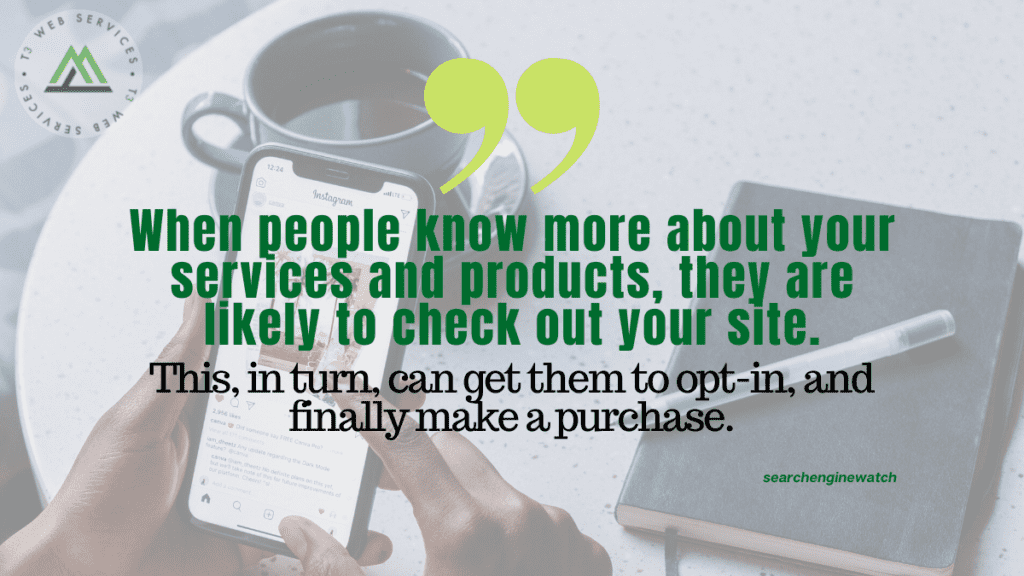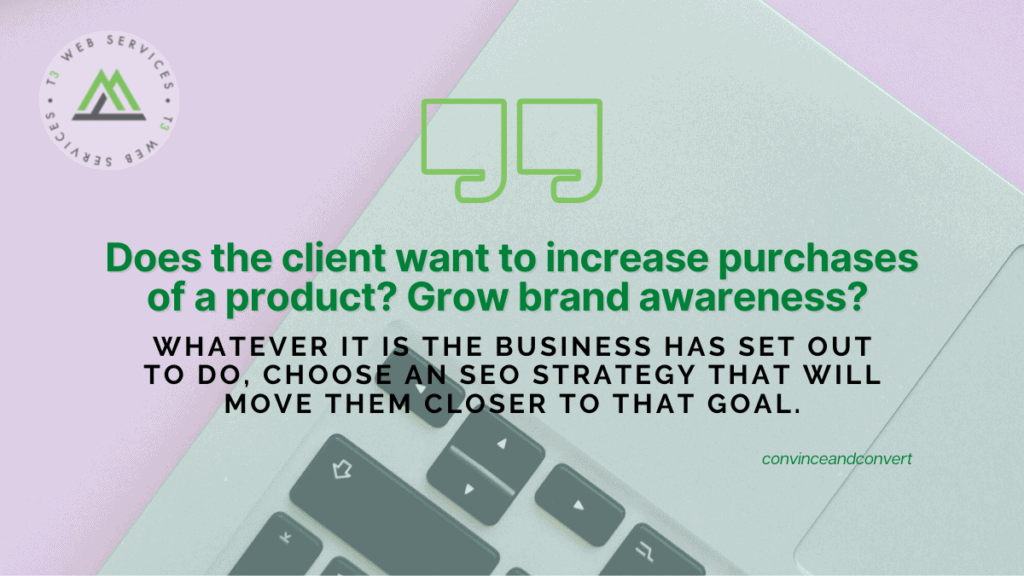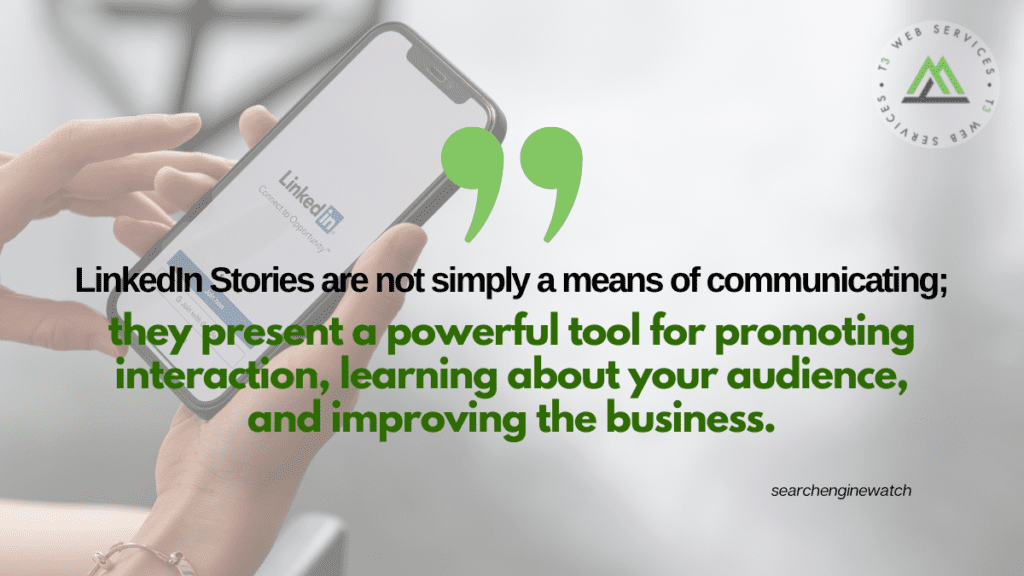We all want to rank higher on Google, but how do you know what SEO techniques are actually working? The answer is simple: Look at your SEO competition. There are plenty of ways to research your competitors, including using tools like SEMrush and Moz’s Keyword Explorer. These tools will give you insight into their SEO strategies so that you can create an actionable plan for yourself. If you want to stay ahead of the curve, it’s a good idea to examine SEO tactics from other brands that are true SEO competition for you. You can learn a lot about how they do things and what keywords they use by following their progress in search engine rankings. We will discuss some best practices below that can be applied after analyzing your competition’s SEO strategy.
7 Steps To Outrank Your True SEO Competition


1. Discover: SEO Competitor Or Just A Brand Competitor?
Reliably naming your competition is the first hurdle in this process. This might seem basic, but digital competitors may actually differ from brand competitors. Brand competitors can change for every line of business, and furthermore, some businesses’ online competitors may not be actual SEO competitors.
2. Rule Out: Low-Trending SEO Competitors
SEO traffic and trends constantly change, so after you’ve successfully marked the competition, your next step is to figure out their organic search trends.
Simply put, have these companies always been your competition for search traffic, or did they recently put more effort into search?
3. Identify: Competitor’s Powerhouse Content
Research your competitor’s top-performing pages.
Plot their overall page traffic by month to begin building out a trend map.
Then, discover what keywords their pages rank for.
Cross-reference each piece of content and its keywords in a trend analysis tool.
Incorporate those findings into your SEO strategy.

Read more: https://www.searchenginejournal.com/simiarweb-true-seo-competition/428779/
Facebook Ads Strategy: 15 Powerful & Effective Strategies for 2022


1) Choose your campaign objective wisely
Facebook has spent time making ads manager easier for you to use. But if you don’t choose the right objective, you will be unable to access important features due to the presets that Facebook creates for each objective. Remember, even though Facebook is making it harder to use the organic feed traffic, they still want you to succeed. Combine your Facebook ads strategy with their built-in tools.
2) Target Purchasers
- Digital Activities / Facebook Payments Users: These consumers use the Facebook payment platform to buy things. Goods could be something simple, like credits for an online game, or more complex, like an item from Facebook shops or shoppable Instagram posts.
- Purchase Behavior / Engaged Shoppers: Facebook gets information about consumers in several ways, such as when they buy things through links on Facebook. They also know if a purchase is made through the use of Facebook Pixel on certain sites. Big Data is your friend here.

https://nealschaffer.com/facebook-ads-strategy/
B2B lead generation using Instagram Stories: Six tips with examples


1. Publish share-worthy content
The first part of the B2B marketing funnel is about creating brand awareness. You don’t directly try to sell your services or products to a cold lead. The first step to get them interested is to initiate a conversation about your niche or industry.
That’s where Instagram Stories come into the picture. You can publish share-worthy content that educates your audience or is interesting. If you have your own blog, you can also promote your latest posts in your Instagram Stories.
2. Conduct an Ask-Me-Anything (AMA) session
B2B buyers value brands that are transparent with them.
If you are willing to share knowledge and provide them guidance, you can expect them to tune in. In an effort to build an authentic relationship with your prospects, you can host an Ask-Me-Anything (AMA) session.
3. Showcase your latest products
If you’re launching a new product or are adding new features to your product, announce it via an Instagram Story. It can help you create some buzz and inform your audience about what’s on offer.

How marketers can prepare for what’s next in page experience


One of the key pieces of the Page Experience update — Core Web Vitals — is also one of the most hotly debated. SEOs and agencies have questioned how big of a difference these metrics make in terms of rankings, leading many, such as Stox, to take a deeper look at the data.
“We looked at about 5.2 million individual pages, which I think is the largest data set that’s been studied now,” he said. His study found that only 11.4% of them met the recommended standards for Core Web Vitals.
This begs the question: Is Core Web Vitals optimization necessary?
“Maybe these are small ranking factors,” said Stox, “But I think if you argue this from an SEO standpoint, you’re going to fail. Many Google employees have now said these are small factors, that these are tiebreakers signals.”
“It’s going to be hard to get any prioritization when it’s not going to have a huge impact for SEO,” he added.
Still, Core Web Vitals point to some key principles of page experience. Even if they fail to provide the ranking boosts SEOs hope for, these signals point to aspects of user experience that are necessary if marketers want to convert more visitors. And, as Google continues to add these kinds of signals to its algorithms, your site’s visibility is that much more likely to improve.

https://searchengineland.com/how-marketers-can-prepare-for-whats-next-in-page-experience-377237
7 Best Practices to Create the Perfect SEO Report


1. Choose Appropriate KPIs
There is no one-size-fits-all list of KPIs for SEO. To determine appropriate KPIs for your campaign, you must understand your client and their business or product to determine the KPIs that matter — try asking them this list of questions to kick things off.
2. Cut the Clutter
Does your report include peripheral metrics and pages that aren’t integral to your client’s success? Cut them out! When you try to squish too many charts and metrics into a single report, it can cause information overload. Instead of getting lots of information, as you intended, reviewers are so overwhelmed that the report isn’t useful.
3. Avoid Jargon and Simplify Language
As with any industry, SEO has its own practitioner language. Words and metrics that are common to you and your colleagues are often indecipherable to your clients. Take the time to define and clarify the data and their meanings in reports. When writing analysis, use analogies and examples to definitively declare what the data means and what to do next because of it.

https://www.convinceandconvert.com/digital-marketing/create-the-perfect-seo-report/
4 elements that help create compelling SEO content


Structure for scanability
Even the most comprehensive content will fail audiences if it’s not presented in a digestible format. And, the narrow aspect ratio of mobile devices adds another factor to consider as it influences how much content a user can view at one time. This is why it is so important to organize your content so that users can find the exact information they’re looking for.
Understand E-A-T
“[E-A-T is] super important to incorporate into your content, because . . . from the user perspective, showing off your expertise and your authoritativeness in your space is hugely important,” she said, adding that creating trust signals, for both users and search engines, is also critical.
Answer the questions your audience is asking
Users come to your site for a reason and addressing that reason can help you increase your search visibility and facilitate conversions. The first step to answering the questions your audience may have is by identifying those questions.

https://searchengineland.com/4-elements-that-help-create-compelling-seo-content-377285
Five strategies to promote your business using LinkedIn Stories


1. Share real-time activities
Sharing real-time event updates is also a great strategy, mostly because events are a significant source of leads for many businesses, and 85% of them consider interpersonal meetings central to their marketing plan. LinkedIn Stories let your followers view excerpts of events from a first-person perspective.
2. Share customer testimonial stories
Irrespective of the generation you are from, the odds are that you trust people’s advice more than any other form of content marketing. This is what makes testimonials and user reviews such a powerful tool for marketing.
3. Share business tips and updates
Stories are the perfect way to generate demand. Your most loyal supporters are going to see your story. If you post something about your brand, tease the new features of a product, or make something exclusively available on LinkedIn, they will share it with others. Talk about word of mouth!



Leave a Reply